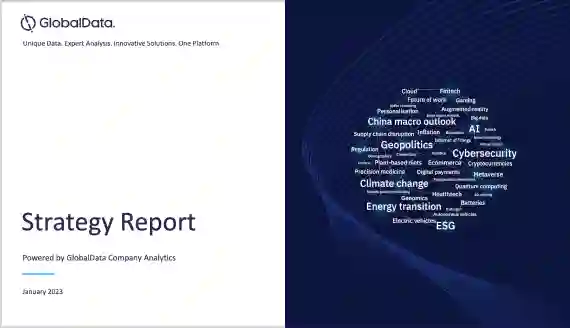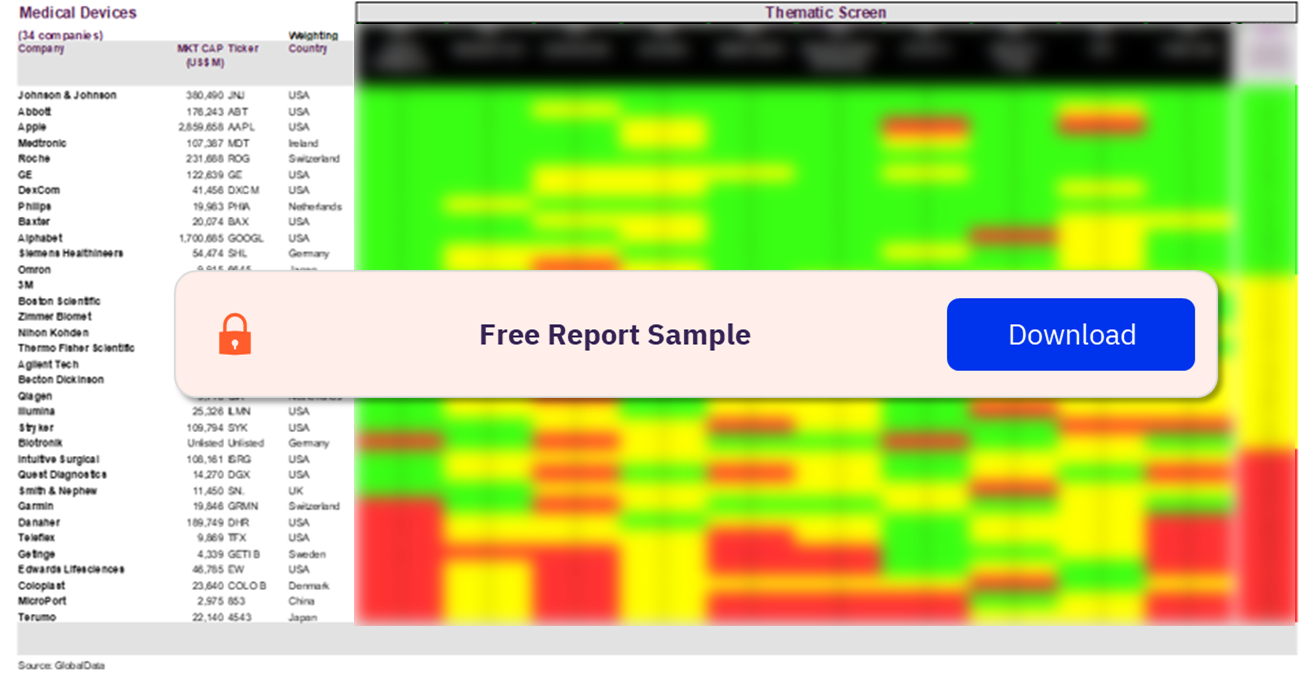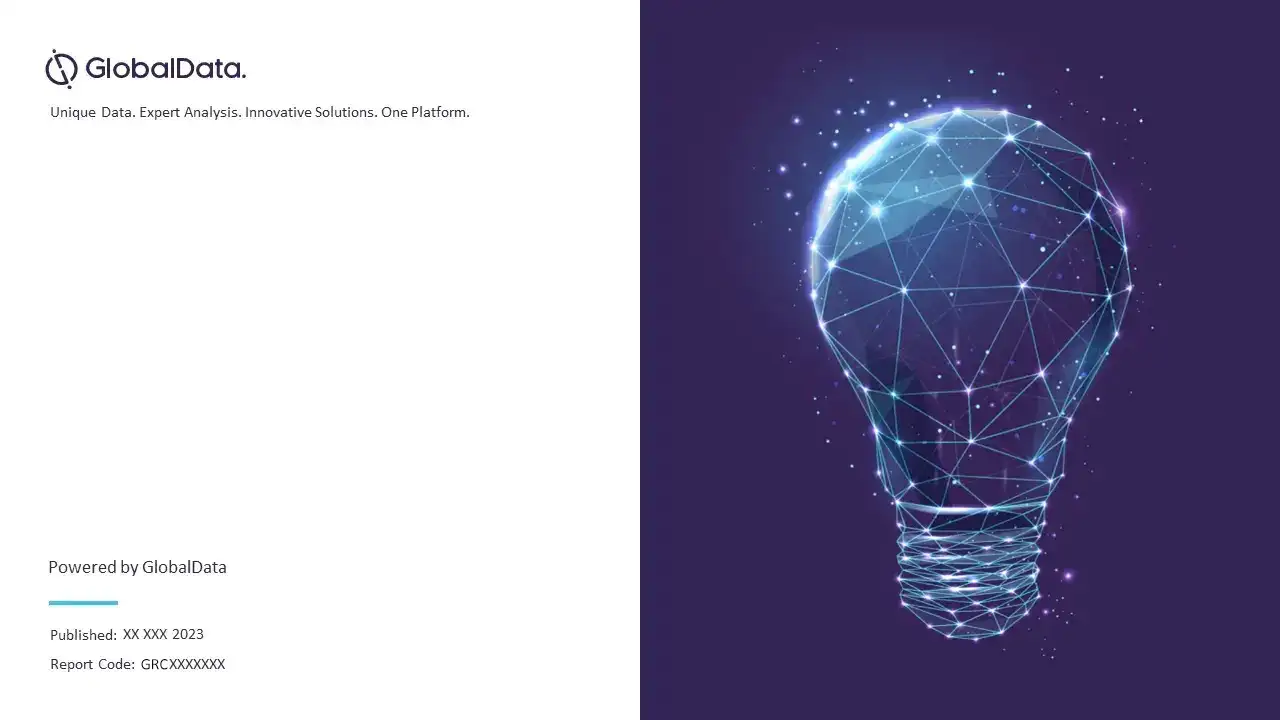Virtual Care and Telemedicine – Thematic Intelligence
Powered by ![]()
All the vital news, analysis, and commentary curated by our industry experts.
Explore trends and insights from the following data in our ‘Virtual Care and Telemedicine’ thematic report:
- The report provides an overview of how virtual care and telemedicine have revolutionized the healthcare industry.
- The report reviews each segment within the virtual care and telemedicine value chain (patient seeking healthcare services, healthcare services, and electronic medical records) for market players to invest, explore, or ignore.
- It offers virtual care and telemedicine timelines and use cases for a better understanding of the theme.
- It highlights key M&A deals and venture financing trends that you might need to gain a competitive edge.
- The report lists leading public as well as private companies associated with the theme.
- The report predicts how each theme will evolve and identify the leading and disrupting companies.
How is the ‘Virtual Care and Telemedicine’ thematic report different from other reports in the market?
GlobalData’s thematic research ecosystem is a single, integrated global research platform that provides an easy-to-use framework for tracking all themes across all companies in all sectors. Businesses need to have a deeper understanding of the trends to gain a competitive edge in the coming decade. So, get our ‘ Virtual Care and Telemedicine’ thematic report today, which will help you to:
- Develop and design your corporate strategies through an in-house expert analysis of virtual care and telemedicine by understanding the primary ways in which this theme is impacting the healthcare industry.
- It provides sector scorecards to predict tomorrow’s leading companies within each sector. The sector scorecard has three screens: a thematic screen, a valuation screen, and a risk screen.
- Identify emerging industry trends to gain a competitive advantage.
We recommend this valuable source of information to anyone involved in:
- Medical Device Companies
- Health Tech Companies
- Tech Startups
- Researchers and Academics
- Consulting Firms
- Venture Capital/Equity Firms
To Get a Snapshot of the Virtual Care and Telemedicine Thematic Report, Download a Free Report Sample
Virtual Care and Telemedicine Thematic Report Overview
Virtual care and telemedicine have revolutionized the healthcare industry providing unprecedented access to medical services and transforming the way healthcare is delivered. Virtual care encompasses a wide range of healthcare activities, including teleconsultations, telehealth, connected medical devices, remote monitoring, mobile device apps, and electronic health records. providing unprecedented access to medical services and transforming the way healthcare is delivered. By utilizing technology, this technology has overcome geographical barriers, enabling patients to access medical expertise regardless of their location.
The virtual care and telemedicine thematic intelligence report provides an overview of the current landscape, including technology, macroeconomic, regulatory, and industry trends, as well as key players and value chains. The report provides an industry-specific analysis based on GlobalData databases and surveys.
| Report Pages | 51 |
| Regions Covered | Global |
| Value Chains | · Patient Seeking Healthcare Services
· Healthcare Services · Electronic Medical Records |
| Leading Public Companies | · Allscripts
· Amazon · Amwell |
| Leading Private Companies | · 98point6
· A&D Medical · Alcuris |
| Enquire & Decide | Discover the perfect solution for your business needs. Enquire now and let us help you make an informed decision before making a purchase. |
Virtual Care and Telemedicine – Key Trends
The main trends shaping the virtual care and telemedicine theme over the next 12 to 24 months are technology, industry, macroeconomic, and regulatory trends.
- Technology trends: The key technology trends impacting the theme are 5G, AI, blockchain technology, cloud, IoT, cybersecurity, VR and AR, and wearable devices.
- Industry trends: The key industry trends impacting the theme are big tech in the healthcare market, collection of personal health data, RPM technologies, and mHealth.
- Macroeconomic trends: The macroeconomic trends impacting the theme are COVID-19, an increase in healthcare costs, direct-to-consumer healthcare, and increased medicaid utilization.
- Regulatory trends: Telehealth regulations, software digital health apps, and medicare reimbursement are some of the regulatory trends impacting the virtual care and telemedicine theme.
Virtual Care and Telemedicine – Industry Analysis
The virtual care and telemedicine market can be segmented into telemedicine, electronic medical records (EMRs), and remote patient monitoring (RPM). RPM devices have revolutionized the way patients are monitored and managed outside of traditional healthcare settings. Hence, the RPM device market has gained significant attention and adoption in the healthcare industry, driving its rapid growth. Factors such as the increasing prevalence of chronic diseases, the aging population, and the need for efficient and cost-effective healthcare solutions contribute to the market’s growth as well.
The Virtual Care and Telemedicine industry analysis also covers:
- Use cases
- Timeline
Buy the Full Report for More Industry Insights into the Virtual Care and Telemedicine Theme
Virtual Care and Telemedicine - Value Chain Analysis
The virtual care and telemedicine value chain can be broken down into three segments: patient seeking healthcare services, healthcare services, and electronic medical records.
Patient Seeking Healthcare Services: The two biggest factors involved in patient engagement with healthcare services are convenient access to care and affordability. The inability to physically access healthcare services due to distance or time and the fear of not being able to afford the services are a few of the challenges faced by patients. Innovative movements in the virtual care space involve subscription-based services that charge monthly fees or that offer very specific services, so patients don’t pay for things they won’t use. Through increasing patient engagement, care providers can build patient trust and loyalty, which ultimately will lead to greater patient retention.
Virtual Care and Telemedicine Value Chain Analysis
Buy Full Report for More Insights into the Virtual Care and Telemedicine Value Chain
Public Companies
Some of the leading listed players associated with this theme are:
- Allscripts
- Amazon
- Amwell
Private Companies
Some of the interesting private companies associated with this theme are:
- 98point6
- A&D Medical
- Alcuris
Buy Full Report to Know More about the Leading Public and Private Virtual Care and Telemedicine Companies
Medical Devices Sector Scorecard
At GlobalData, we use a scorecard approach to predict tomorrow’s leading companies within each sector. Our sector scorecard has three screens: a thematic screen, a valuation screen, and a risk screen.
- The thematic screen ranks companies based on overall leadership in the 10 themes that matter most to their industry, generating a leading indicator of future performance.
- The valuation screen ranks our universe of companies within a sector based on selected valuation metrics.
- The risk screen ranks companies within a particular sector based on overall investment risk.
Medical Devices Sector Scorecard – Thematic Screen
Buy Full Report to Know More About the Sector Scorecards
Medtronic
Doctor on Demand
MeMD
SnapMD
Cleveland Clinic
Royal Philips
One Medical
MDLIVE
Practo Technologies
SteadyMD
Zoom
Amazon
Epic Systems
athenahealth
eClinicalWorks
Meditech
MEDHOST
Cerner
Allscripts
NextGen
Boston Scientific
Biotronik
Nihon Kohden
Table of Contents
Frequently asked questions
-
What are the components of the virtual care and telemedicine value chain?
The virtual care and telemedicine value chain can be broken down into three segments that are patient seeking healthcare services, healthcare services, and electronic medical records.
-
Who are the leading public companies in the virtual care and telemedicine industry?
Some of the leading public companies associated with the virtual care and telemedicine theme are Allscripts, Amazon, and Amwell.
-
Who are the leading private companies in the virtual care and telemedicine industry?
Some of the leading private companies associated with the virtual care and telemedicine theme are 98point6, A&D Medical, and Alcuris.
Get in touch to find out about multi-purchase discounts
reportstore@globaldata.com
Tel +44 20 7947 2745
Every customer’s requirement is unique. With over 220,000 construction projects tracked, we can create a tailored dataset for you based on the types of projects you are looking for. Please get in touch with your specific requirements and we can send you a quote.
Related reports
View more Telemedicine reports












